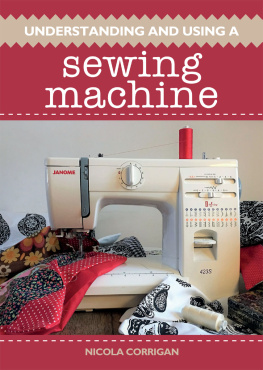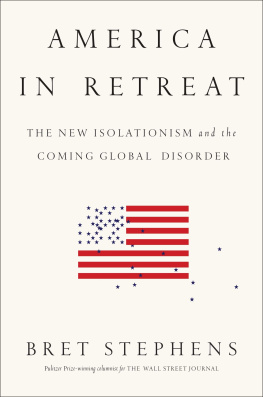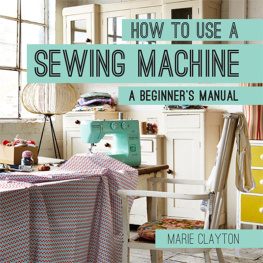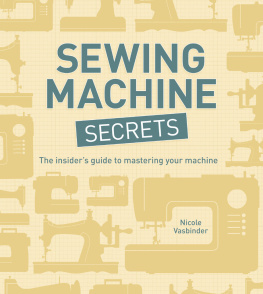UNDERSTANDING AND USING A
sewing
machine
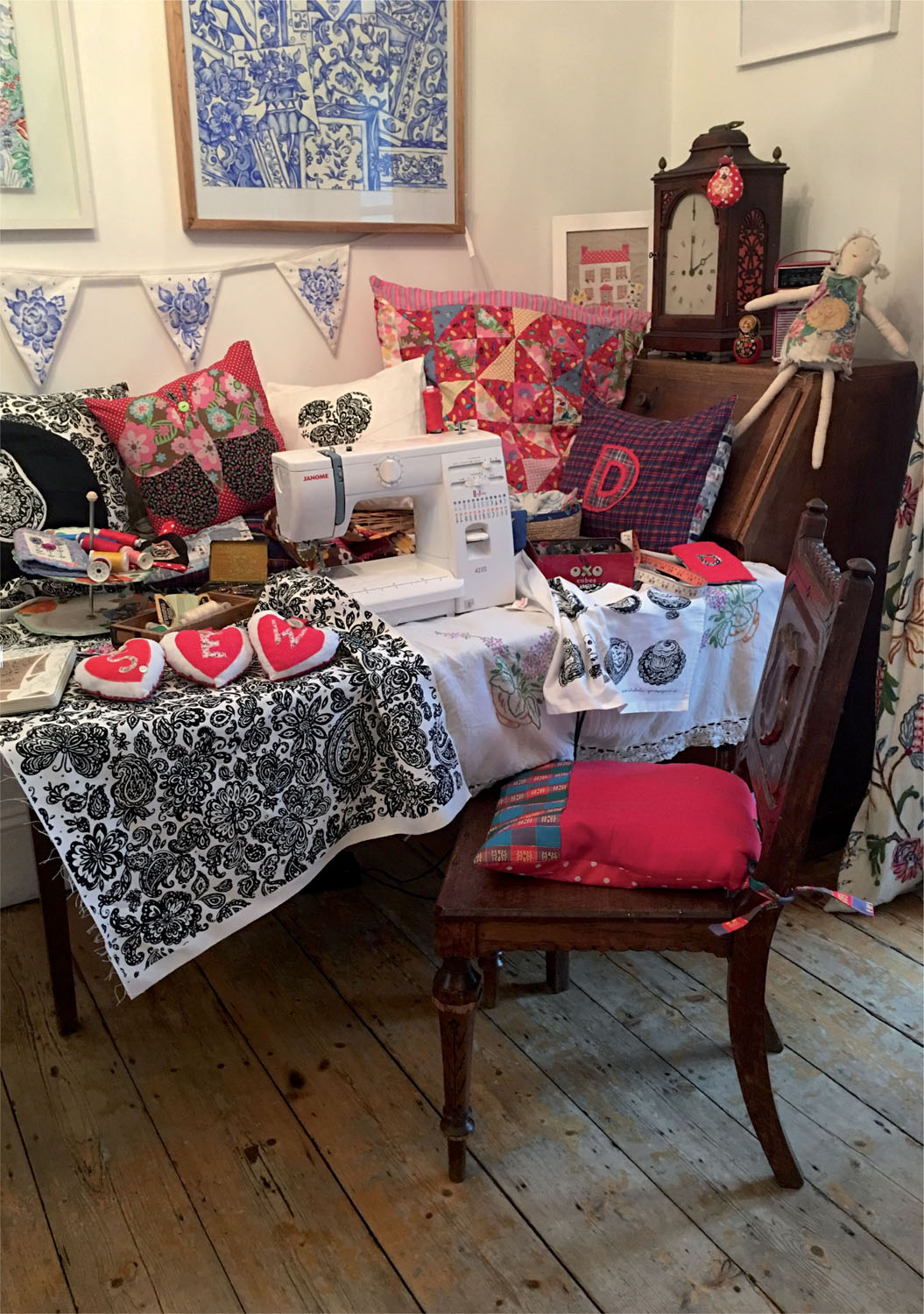
UNDERSTANDING AND USING A
sewing
machine
NICOLA CORRIGAN

THE CROWOOD PRESS
First published in 2018 by
The Crowood Press Ltd
Ramsbury, Marlborough
Wiltshire SN8 2HR
www.crowood.com
This e-book first published in 2018
Nicola Corrigan 2018
All rights reserved. This e-book is copyright material and must not be copied, reproduced, transferred, distributed, leased, licensed or publicly performed or used in any way except as specifically permitted in writing by the publishers, as allowed under the terms and conditions under which it was purchased or as strictly permitted by applicable copyright law. Any unauthorised distribution or use of thistext may be a direct infringement of the authors and publishers rights, and those responsible may be liable in law accordingly.
British Library Cataloguing-in-Publication Data
A catalogue record for this book is available from the British Library.
ISBN 978 1 78500 500 8
Frontispiece: Fig. 1 Sewing projects, designs and printed fabric by the author.
Acknowledgements
Many thanks to Kitty, my lovely Mum, who has inspired a love of printed textiles and has patiently taught me to sew, whilst making clothes, bags and quilts for myself and my four fantastic children, Danny, Harry, Ellie and Molly. Thanks, too, to my Nan Mollie, whose machine I now have. She let me watch her sew, made a trousseau of clothes for my favourite doll and worked in a fabric shop. Finally thanks to everyone who gave advice, help and support in the making of this book.
CONTENTS
INTRODUCTION
Hand sewing traditions date back thousands of years, with earliest evidence being bone needles found at the sites of primitive cave dwellings. Use of mechanical sewing machines is, however, a much later invention dating from around the middle of the eighteenth century.
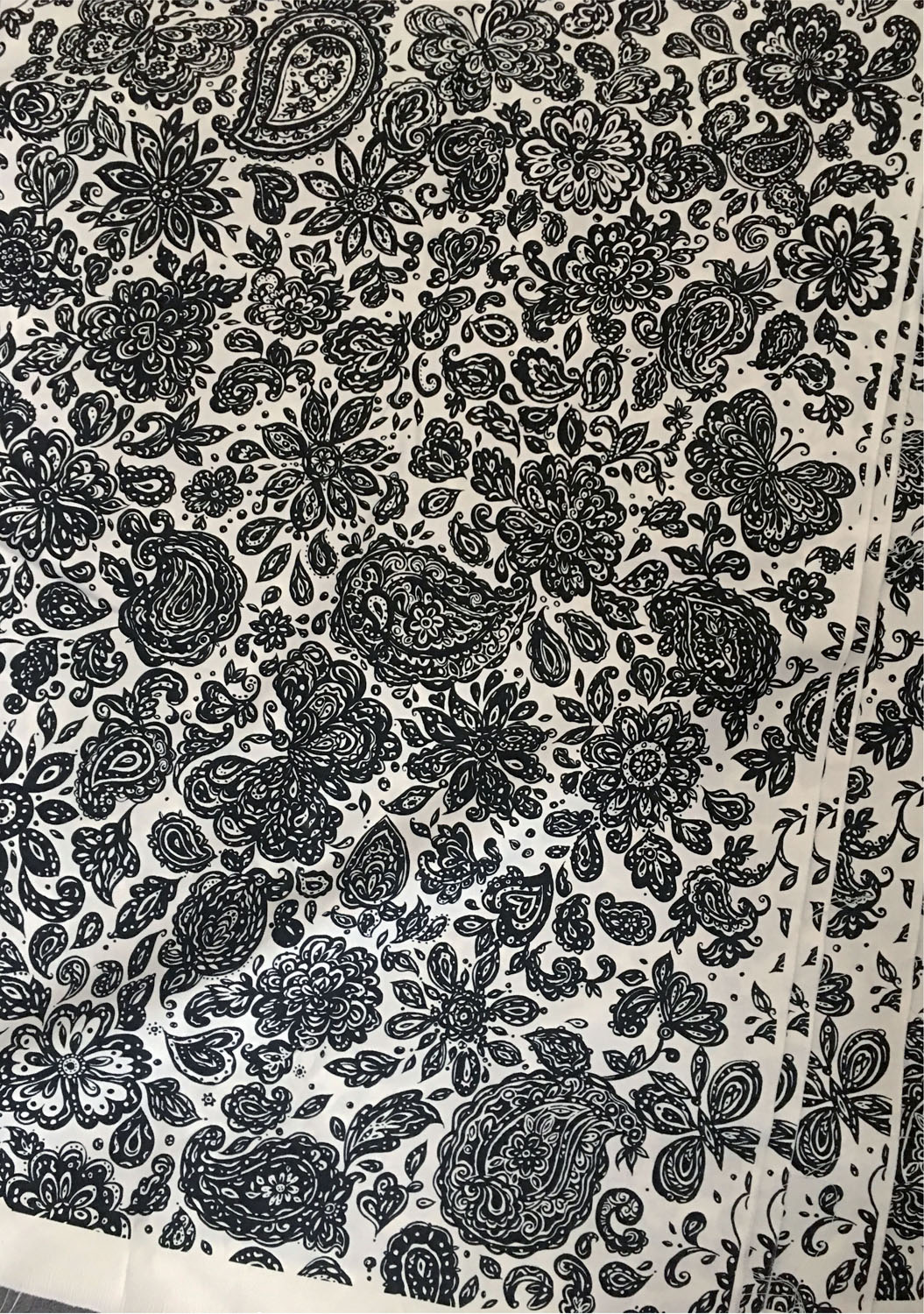
Fig 2. Paisleyland fabric panels designed by the author.
My own personal love of sewing goes back to childhood and a Mum, Kitty, who sewed everything from clothes to home furnishings. My Irish grandmother Mollie was also a keen needlewoman, sewing every day, at a 1930s black and gold Singer treadle machine. This machine is still a prized family possession. I started sewing clothes in my early teens, under expert guidance, being encouraged to make even the most challenging projects. Fairly ambitious initial creations included dungarees, long panelled and tiered skirts and fitted summer dresses. All of these were made using paper patterns, which are a great way of learning new skills and techniques and visualizing and making complete projects.
An early love of fabric and print design preceded art school training as a surface pattern designer and a long career as a textile designer.
As a teacher of beginners and more advanced sewing classes Ive found that many people learn to sew informally at home, although increasingly some pick up sewing techniques through internet tutorials. Others are returning needlewomen refreshing rusty sewing skills. There is currently renewed interest in craft and sewing skills and beginners may approach these classes with justifiably high expectations and ambitions. In a few hours, students are able to learn to use a machine and move quickly from making very simple envelope cushions to more complex projects such as lined bags, accessories, home furnishings and fashion.
This book will be a written version of the sewing classes that I teach and aims to be fun and creative, taking the reader on a sewing and imaginative journey that teaches and builds upon basic skills, tackling gradually more challenging projects throughout. By learning to use a sewing machine and some basic simple techniques, you will be able to embark confidently on a lifetime of creative sewing for home, fashion and accessories.
Your initial motivation for learning to sew may be practical and economic, possibly after realizing how expensive it is to buy new curtains, cushions or simple clothes.
Some beginners have inherited cherished sewing machines from family members, maybe with a cupboard or boxes full of inspirational fabrics, threads and sewing notions. Sometimes these come with a growing realization that knowledge of sewing has not been passed on.
Reasons and incentives for learning may include wanting to create original clothes, memory patchwork quilts, home furnishings, bags and accessories, or to alter items.
What all of these projects have in common is that they entail the use of the same practical sewing skills, processes, planning and creativity. Inspiration for sewing will come from anywhere and everywhere! Fabric shops, markets and vintage fabrics can all prove the stimulus for new projects. A simple pin board, folder or notebook of magazine cuttings and projects will inspire and provide much future encouragement. It is a good idea and fun to begin to collect fabrics, buttons, braids and anything that inspires you to sew.
This book will aim to inspire creativity, incorporating and encouraging imaginative and original design elements to complement, embellish and personalize your own projects.
The sewing journey will begin with choosing your machine or getting to know the one you may already have. The first steps will embrace understanding your sewing machine, including winding the bobbin, threading the machine up correctly and adjusting the settings. You will become increasingly familiar with all of its functions, settings and parts as you begin to sew with developing skills and assurance. Understanding and threading the machine is very simple, and you will very quickly begin to plan, design and sew some simple items.
With every project completed you will gain new practical design and making talents that can be built upon for future projects. There are not many definitive rules; its going to be fun and creative and you will swiftly learn to realize the importance of measuring, cutting, pinning, tacking and understanding fabrics and sewing.
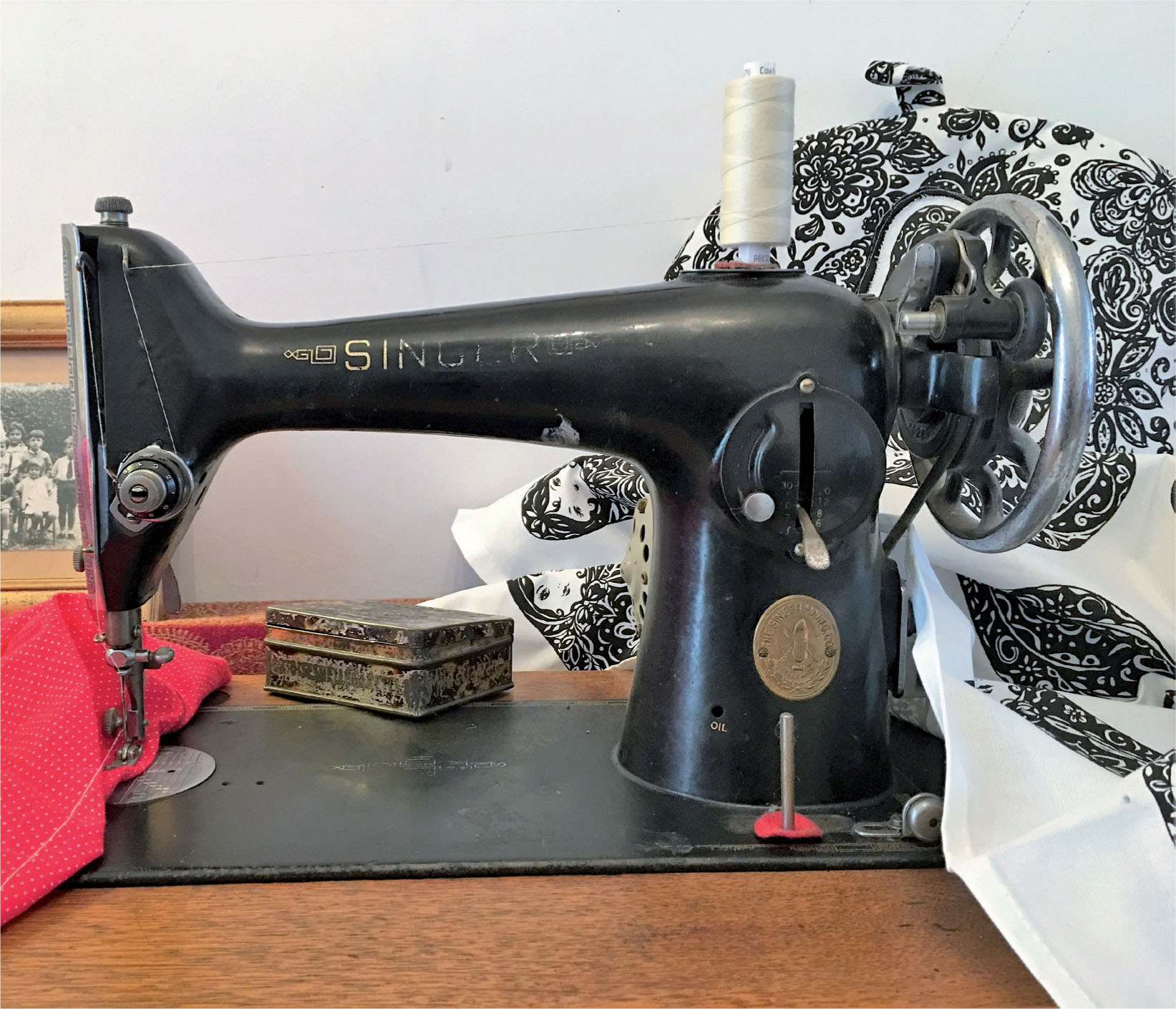
Fig. 3 Mollies machine.
Simple projects such as making an envelope cushion will encourage the development of sewing machine confidence and familiarization. This project will enable you to become proficient with straight stitching, including using the machine needle plate measuring guide to ensure a regular 1.5cm seam allowance. You will begin to sew with accuracy and care, including tackling corners. The pattern selection stitch dial will be introduced to demonstrate the sewing machines range of stitches, including zigzag stitching, as you finish off your cushions raw edges. You will learn to adjust the stitch length and width dials to create exactly the right stitch size. Each chapter will guide the sewing expedition, enabling you to build skills and techniques and learn to creatively develop your own projects and expertise. The importance of measuring, planning and using the machine to sew accurately will again be demonstrated and reinforced in the lined bunting and lavender hearts projects.
By the end of the book you will be taught how to utilize the machine to put in a zip, take up a hem and create simple decorative appliqu designs. All of the chapters teach techniques and skills that can be applied to future projects, so that the whole time you are building up a wealth of sewing experience and building upon your talents. The final project teaches you how to create a tab top curtain and simple curtains. With all the experience you have gained you will find that these are really quite simple. You may want to tackle the creative appliqu and border details or even design and make your own.
Next page
